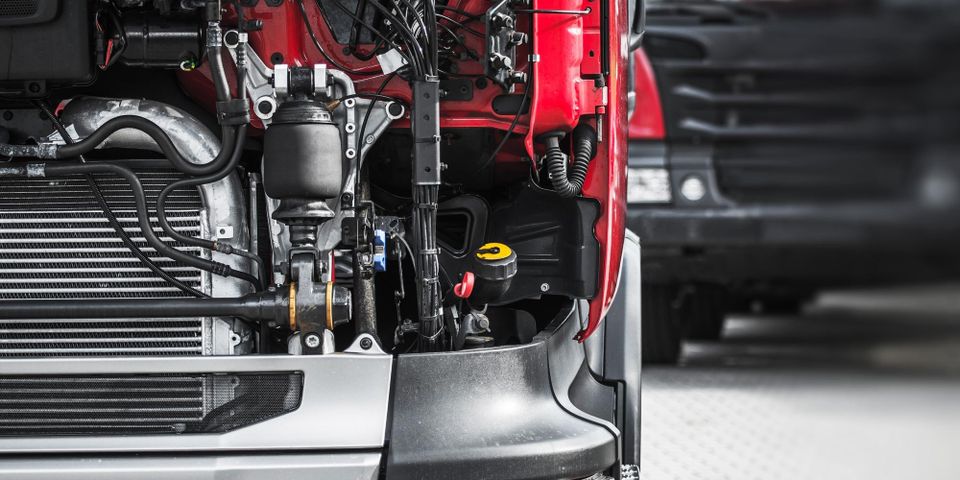
Drivers of diesel vehicles know that the DPF—diesel particulate filter—is essential for safe and efficient operation of their big rigs. Because the DPF traps particulate matter and removes it from a diesel engine’s exhaust, DPF cleaning shouldn’t be overlooked. Here’s what you should know about this all-important maintenance task.
DPF Cleaning FAQ
What is DPF regeneration?
DPF regeneration is a necessary first step in the cleaning process. During generation, the temperature of the exhaust system is increased to speed the burn-off of soot and other particles. Regeneration is typically triggered with the help of a fuel burner.
Why does cleaning after regeneration matter?
 After regeneration, some particles remain inside the DPF as ash. If too much ash clogs the exhaust system, it damages diesel components. Ash residue must be removed. Ultrasonic high-pressure air cleaning is the usual approach taken to eliminate ash.
After regeneration, some particles remain inside the DPF as ash. If too much ash clogs the exhaust system, it damages diesel components. Ash residue must be removed. Ultrasonic high-pressure air cleaning is the usual approach taken to eliminate ash.
How do additives make a difference?
Most fuels have additives that facilitate DPF regeneration. During normal driving conditions, additives burn off particles at lower temperatures. Also, some vehicles have DPF-cleaning functionality that triggers regeneration when a button is depressed.
Are there times when DPF cleaning won’t be effective?
No filter lasts forever. If your vehicle’s DPF is damaged, you’ll need to have it replaced. Cleaning won’t be sufficient. Indicators that the DPS needs replacing include cracked, loose, or melted ceramic and the presences of holes in the filter that permit unfiltered gas to pass from the exhaust system into the air.
Whether you need DPF cleaning or heat exchanger repair, you can rely on American Radiator in St. Louis, MO., to get the job done. In business since 1946, these radiator experts pride themselves on providing honest, reliable products and services for heavy vehicles and equipment. To learn more about their services, visit them online, or call (314) 725-3357 to speak with their knowledgeable staff.
About the Business
Have a question? Ask the experts!
Send your question

